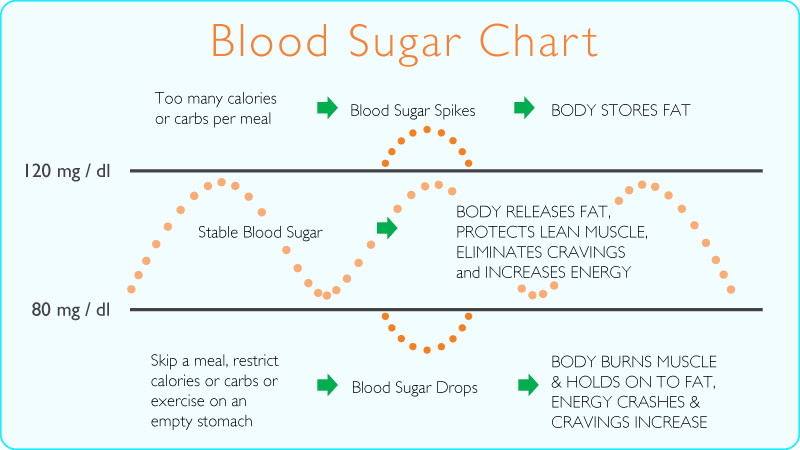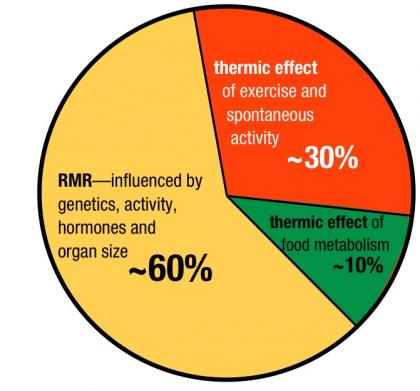How To Lose Weight While Managing Your Diabetes
Losing weight while managing diabetes is hard sometimes, and if you are a type 1 diabetes trying to lose weight, you probably already know that.
The biggest goal in the first month of a new year among diabetics and most people is always weight loss. People rush to the gym as if they can just buy their results and there’s a limited supply so people cram into fitness facilities like New Yorkers do in a subway station after work. Unfortunately, this isn’t the answer to your fat loss problems.
Going to a bank doesn’t make you rich just as going to a gym won’t make you fit.
In order to be successful losing weight with type 1 diabetes, you need some sort of plan— that is a given. Like a GPS to navigate to a specific destination, a fat loss plan is a necessity to get to your goal and lose weight, especially as a type 1 diabetic. And while most plans are required to be tailored to an individual’s specific stats like their height, weight, age, gender, basal metabolic rate, and a few other fancy calculations, I’ll give you the simple run down on how to lose weight while managing your diabetes.
Figure out how much to eat

Losing weight is a standard scientific process of caloric expenditure for diabetics and non-diabetes alike. This means in order to lose weight, you have to burn more calories than you take in. It’s called the Law of Thermodynamics. Not a theory. Not an idea or hypothesis. It is a scientific law like the law of gravity yet people still second guess it!
You hear people talk about dieting, saying things like “you have to do cardio” and “You have to cut carbs” but this simply isn’t true. The only thing you have to do is burn more calories than you consume.
But how do you figure out how many calories you need to eat to lose weight?
The amount of calories required to maintain your current weight based on your current activity level (a desk job requires less activity than a waitress) is called your Total Daily Energy Expenditure (TDEE). There are many online calculators and formulas to calculate this that i use for all of my online type 1 fat loss clients but in today’s tech-savvy world, we have apps for that. Calorie counting apps like Myfitnesspal do all the work for you and give you calorie recommendations based on your starting point and goals.
Regardless of type 1 diabetes, this step is vital for anyone looking to lose weight.
Don’t fear carbs

People are terrified of carbs as if insulin was never invented. The usual first step of any dieter is cutting carbs severely. Ironically, while weight loss is the number 1 goal among millions of americans, most dieters fail to lose weight even when they cut carbs.
Simply cutting carbs for fear that they cause you to gain weight is just wrong. As previously stated, weight loss is related to calorie deficit not necessarily carb deficit. While carbs are the easiest to cut from a diet, they still have their place in your diet. Insulin has been touted as the fat gaining hormone but that is not completely true.
Insulin aids in fat storage, especially in a hypocaloric state but doesn’t make you fat. Weight gain occurs when you consume more calories than you burn, regardless of carbs. If you are burning more calories than you consume, you will lose weight. The misinformation on the action of insulin leads to diet extremes among diabetics.
Cutting carbs too drastically can cause:
- decreased thyroid hormone (T3) which can lower metabolism
- extreme hunger and cravings
- lack of long term adherence
All of my type 1 clients have been successful on safe, low to moderate carb diets calculated based on calorie needs—all while controlling blood sugar.
Put equal focus into blood sugar management

Optimal fat loss simply can’t occur when your blood sugars are out of control. I see diabetics ignoring their blood sugar management, putting their focus on weight loss. If you really want to lose weight with type 1 diabetes, you need to prioritize your blood sugar control.
Nutrients are not optimally absorbed when your sugar is constantly high or low. It is also very difficult to have effective workouts when you are high or low.

Work with your endocrinologist or CDE to develop strategies for blood sugar management so that you can optimally lose weight.
Increase your activity level

Exercise greatly helps with weight loss. Building muscle and doing cardio burns calories but the gym is not the main source of calories burned throughout the day.
Just living and moving daily burns the most amount of calories.

You burn calories sleeping, standing, walking breathing, and doing pretty much anything. That means you burn calories all day. By increasing daily activity levels, you not only increase the amount of calories your burn, but you also increase insulin sensitivity, reducing the amount of insulin you need which is awesome!
Some of the best ways to increase your activity level include:
- Walk daily
- Park farther away in parking lots
- Take the stairs
- Do cardio weekly
- Lift weights weekly
- Enjoy a hobby weekly like biking, hiking, kayaking etc
Losing weight with type 1 diabetes is not impossible but it is improbable if you don’t have a plan. Weight loss requires you to be in a calorie deficit that you need to figure out but doesn’t require you to cut out all carbs. As a diabetic, blood sugar management is important for health just as it is important for weight loss.


My online client and fellow Type 1 diabetic Taylor Neher lost 21lbs in 3 months without letting diabetes stop her simply by following the steps I discussed(and the plan I made for her) listed above. Stay consistent and adhere to your plan (message me if you need a weight loss plan). It will pay off if you do!

